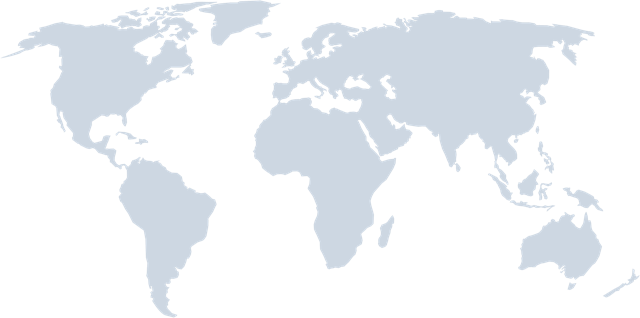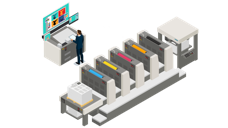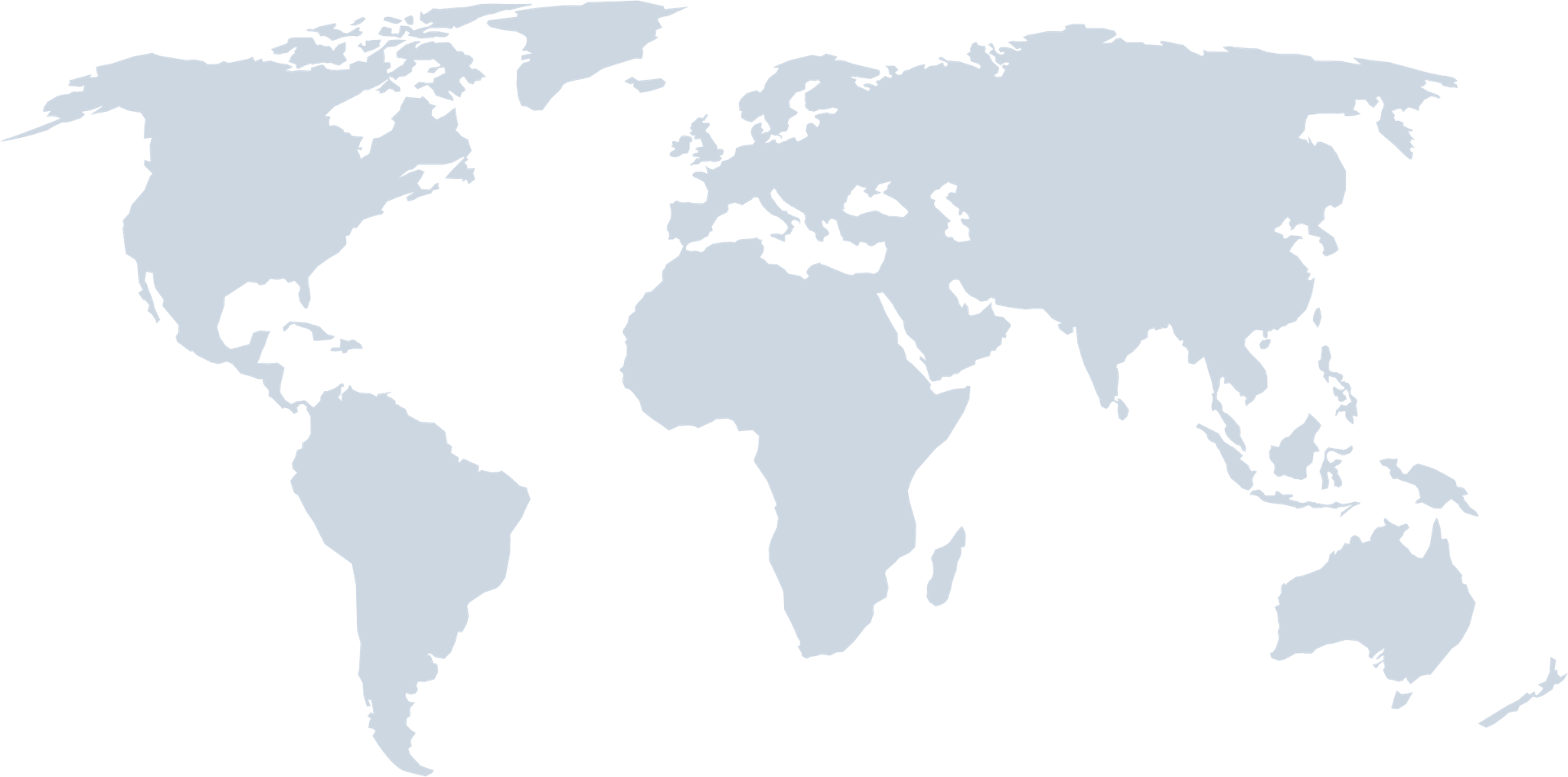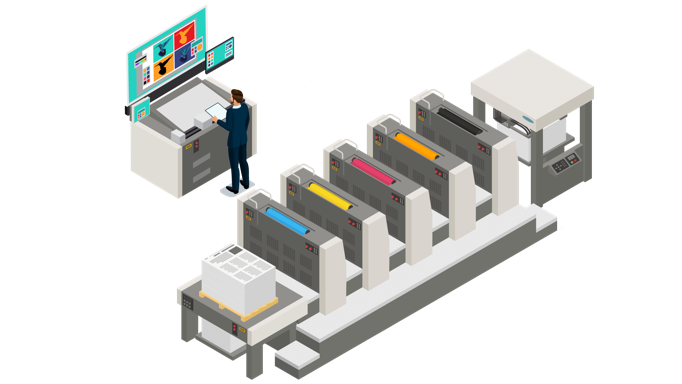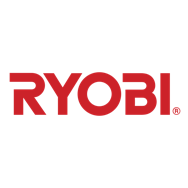Offset is a complex activity: lack of experienced operators, complex technologies and
tools, multiple workflows and players, picky customers who don’t know our business, strong competition,
pressure on quality, prices, and deadlines ...
Rutherford took up the challenge. We assembled a cross-functional team from the printing
world and developed a solution to satisfy all partners with these objectives in mind: efficiency
(technically and economically), simplicity (intuitive and automatic), and precision (objective and
adaptive).
This was 20 years ago. Since then, Rutherford has driven innovation to fit the evolution of
the printing industry and to increase its efficiency, simplicity, and accuracy.
Our mission:
1. To simplify the press operator’s tasks and make them more precise, using automation and
precision ink-key management.
2. To enhance quality for the print buyer by providing print stability and repeatability.
3. To increase production, profitability, and competitiveness, taking advantage of advanced
presetting and closed-looping.
4. To reduce printer’s carbon footprint: more precision means less waste and less ink and
energy usage
Offset is a complex activity: lack of experienced operators, complex technologies and
tools, multiple workflows and players, picky customers who don’t know our business, strong competition,
pressure on quality, prices, and deadlines ...
Rutherford took up the challenge. We assembled a cross-functional team from the printing
world and developed a solution to satisfy all partners with this objectives in mind: efficiency (technically
and economically), simplicity (intuitive and automatic) and precision (objective and adaptive)
This was 20 years ago. Since then, Rutherford has driven innovation to fit the evolution of
the printing industry and to increase its efficiency, simplicity, and accuracy.
Our mission:
1. To simplify the press operator’s tasks and make them more precise, using automation and
precision ink-key management.
2. To enfance quality for the buyer of print by providing print stability and
repeatability.
3. To increase production, profitability, competitiveness, taking advantage of advanced
presetting and closed-looping.
4. To reduce printer’s carbon footprint: more precision means less waste and less ink and
energy usage


